Content
* 1 Evolution and systematics
o 1.1 Origins and evolution
o 1.2 Phylogeny
o 1.3 Systematics
o 1.4 Other lists
* 2 Distribution
* 3 Morphology
* 4 Behavior
o 4.1 Diet
o 4.2 Breeding
o 4.3 Intelligence and learning
+ 4.3.1 Sound imitation and speech
* 5 Relationship with humans
o 5.1 Pets
o 5.2 Zoos
o 5.3 Trade
o 5.4 Culture
o 5.5 Feral populations
o 5.6 Threats and conservation
* 6 See also
* 7 References
o 7.1 Notes
* 8 External links
Evolution and systematics
Origins and evolution
Researchers are still unsure about the origins of parrots. The diversity among Psittaciformes in South America and Australasia suggests that the order may have come from Gondwanaland, with the center found in Australasia The scarcity of the bird's fossil record, however, may cause difficulty in proving this.A single 1002 mm fragment from a large lower bill (UCMP 143274), found in deposits from the Lance Creek Formation in Niobrara County, Wyoming, is thought to be the oldest parrot fossil and is presumed to have originated from the Late Cretaceous period, which makes it about 70 million years old.There have been studies, though, that establishes that this fossil is almost certainly not from a bird, but from a caenagnathid theropod or a non-avian dinosaur with a birdlike beaIt is now generally assumed that the Psittaciformes or their common ancestors with a number of related bird orders were present somewhere in the world around the Cretaceous–Tertiary extinction event, some 65 mya (million years ago). If so, they probably had not evolved their morphological autapomorphies yet, but were generalized arboreal birds, roughly similar (though not necessarily closely related) to today's potoos or frogmouths (see also Palaeopsittacus below).Europe is the origin of the first presumed parrot fossils. The first is a wingbone of Mopsitta tanta, uncovered in Denmark and dated to 54 mya (million years ago).The climate at this time was tropical, consistent with the Paleocene-Eocene Thermal Maximum.
Later fossils date from the Eocene, starting around 50 mya. Several fairly complete skeletons of parrot-like birds have been found in England and Germany Some uncertainty remains, but on the whole it seems more likely that these are not direct ancestors of the modern parrots, but related lineages which evolved in the Northern Hemisphere but have since died out. These are probably not "missing links" between ancestral and modern parrots, but rather psittaciform lineages that evolved parallel to true parrots and cockatoos and had their own peculiar autapomorphies:* Psittacopes (Early/Middle Eocene of Geiseltal, Germany) – basal?
* Serudaptus – pseudasturid or psittacid?
* Pseudasturidae (Halcyornithidae may be correct name)
o Pseudasturides – formerly Pseudastur
* Vastanavidae
o Vastanavis (Early Eocene of Vastan, India)* Quercypsittidaeo Quercypsitta (Late Eocene)
The feathers of a Yellow-headed Amazon. The blue component of the green coloration is due to light scattering while the yellow is due to pigment.The earliest records of modern parrots date to about 23–20 mya and are also from Europe. Subsequently, the fossil record—again, mainly from Europe—consists of bones clearly recognizable as belonging to parrots of modern type. The Southern Hemisphere does not have nearly as rich a fossil record for the period of interest as the Northern, and contains no known parrot-like remains earlier than the early to middle Miocene, around 20 mya. At this point, however, is found the first unambiguous parrot fossil (as opposed to a parrot-like one), an upper jaw which is indistinguishable from that of modern cockatoos. A few modern genera are tentatively dated to a Miocene origin, but their unequivocal record stretches back only some 5 million years (see genus articles for more).The named fossil genera of parrots are probably all in the Psittacidae or close to its ancestry:
* Archaeopsittacus (Late Oligocene/Early Miocene)
* Xenopsitta (Early Miocene of Czechia)
* Psittacidae gen. et spp. indet. (Bathans Early/Middle Miocene of Otago, New Zealand) - several species
* Bavaripsitta (Middle Miocene of Steinberg, Germany)
* Psittacidae gen. et sp. indet. (Middle Miocene of France) - erroneously placed in Pararallus dispar, includes "Psittacus" lartetianus
Some Paleogene fossils are not unequivocally accepted to be of psittaciforms:
* Palaeopsittacus (Early – Middle Eocene of NW Europe) - caprimulgiform (podargid?) or quercypsittid?
* "Precursor" (Early Eocene) – part of this apparent chimera seems to be of a pseudasturid or psittacid
* Pulchrapollia (Early Eocene) – includes "Primobucco" olsoni - psittaciform (pseudasturid or psittacid)?
PhylogenyParrots Psittacidae Rose-ringed Parakeet (Male) I IMG 9141.jpgCacatuidae Cacatua galerita -perching on branch -crest-8a-2c.jpgStrigopidae Kaka (Nestor meridionalis)- Wellington -NZ-8-2c.jpOther birdsPhylogentic relationship between the three parrot families based on the available literature phylogeny of the parrots is still under investigation. The classifications as presented reflects the current status, which is disputed and therefore subject to change when new studies resolve some of the open questions. For that reason, this classification should be treated as preliminary. Psittaciformes consist of three main lineages: Strigopidae, Psittacidae (true parrots) and Cacatuidae (cockatoos). In the past, the Strigopidae were considered part of the Psittacidae, but recent studies place this group of New Zealand species at the basis of the parrot tree next to the remaining members of the Psittacidae as well as all members of the Cacatuidae.The Cacatuidae are quite distinct, having a movable head crest, a different arrangement of the carotid arteries, a gall bladder, differences in the skull bones, and lack the Dyck texture feathers which, in the Psittacidae, scatters light in such a way as to produce the vibrant colours of so many parrots. Colourful feathers with high levels of psittacofulvin resist feather-degrading Bacillus licheniformis better than white onesLorikeets were previously regarded as a third family, Loriidae,[17] but studies using large amounts of DNA data place the group in the middle of the Psittacidae family, with as closest relatives the fig parrots (two of the three genera of the tribe Cyclopsittacini, subfamily Psittacinae) and the Budgerigar (tribe Melopsittacini, subfamily Platycercinae) SystematicsThe following classification is a version in which several subfamilies are recognized. Molecular data (see above) suggests that several subfamilies might indeed be valid and perhaps even be elevated to family rank, but the arrangement of tribes in these is not well resolved at present.Rainbow Lorikeet (T. h. moluccanus) perching on a garden fence in AustraliSkeleton of a parrotFamily Strigopidae: The New Zealand parrots. Tribe Nestorini: 1 genus with only 2 living species, the Kea and Kākā of the New Zealand regionTribe Strigopini: The flightless, critically endangered Kakapo of New Zealand.Family Cacatuidae: Cockatoos Subfamily Microglossinae
* Subfamily Calyptorhynchinae: dark cockatoos
* Subfamily Cacatuinae: white cockatoosFamily Psittacidae: true parrot* Subfamily Arinae: Neotropical parrots, about 160 species in some 30 genera. Probably 2 distinct lineages
* Subfamily Loriinae: Around a dozen genera with some 50 species of lorikeets and lories, centered in New Guinea, spreading to Australia, Indonesia, and the islands of the south Pacific.
* Subfamily Micropsittinae: 6 species of pygmy parrot, all in a single genus.
* Subfamily Psittacinae
o Tribe Cyclopsittacini: fig parrots, 3 genera, all from New Guinea or nearby.
o Tribe Polytelini: three genera from Australia and the Wallacea that were in the past grouped with the broad-tailed parrots.
o Tribe Psittrichadini: A single species, Pesquet's Parrot.
o Tribe Psittacini: Afrotropical parrots, about a dozen species in 3 genera.
o Tribe Psittaculini: Paleotropic psittaculine parrots, nearly 70 living species in 12 genera, distributed from India to Australasia.
* Subfamily Platycercinae: Broad-tailed parrots; nearly 30 species in roughly one dozen genera.
o Tribe Melopsittacini: one genus with one species, the Budgerigar.
o Tribe Neophemini: two small genera of parrots.
o Tribe Pezoporini: one genus of parrots with two quite distinct species.
o Tribe Platycercini: Rosellas and relatives; around 20 species in 8 genera.
Other listsA list of all parrots sortable by common or binomial name, about 350 species.
o Taxonomic list of Cacatuidae species, 21 species in 7 genera
o Taxonomic list of true parrots which provides the sequence of Psittacidae genera and species following a traditional two-subfamily approach, as in the taxobox above, about 330 species.
o List of Strigopidae
* List of macaws
* List of Amazon parrots
* List of Aratinga parakeeta onblur="try {parent.deselectBloggerImageGracefully();} catch(e)" href="http://img.wallpaperstock.net:81/blue-macaw-parrot-wallpapers_12083_2560x1920.jpg">
 parrot
parrot parrot
parrot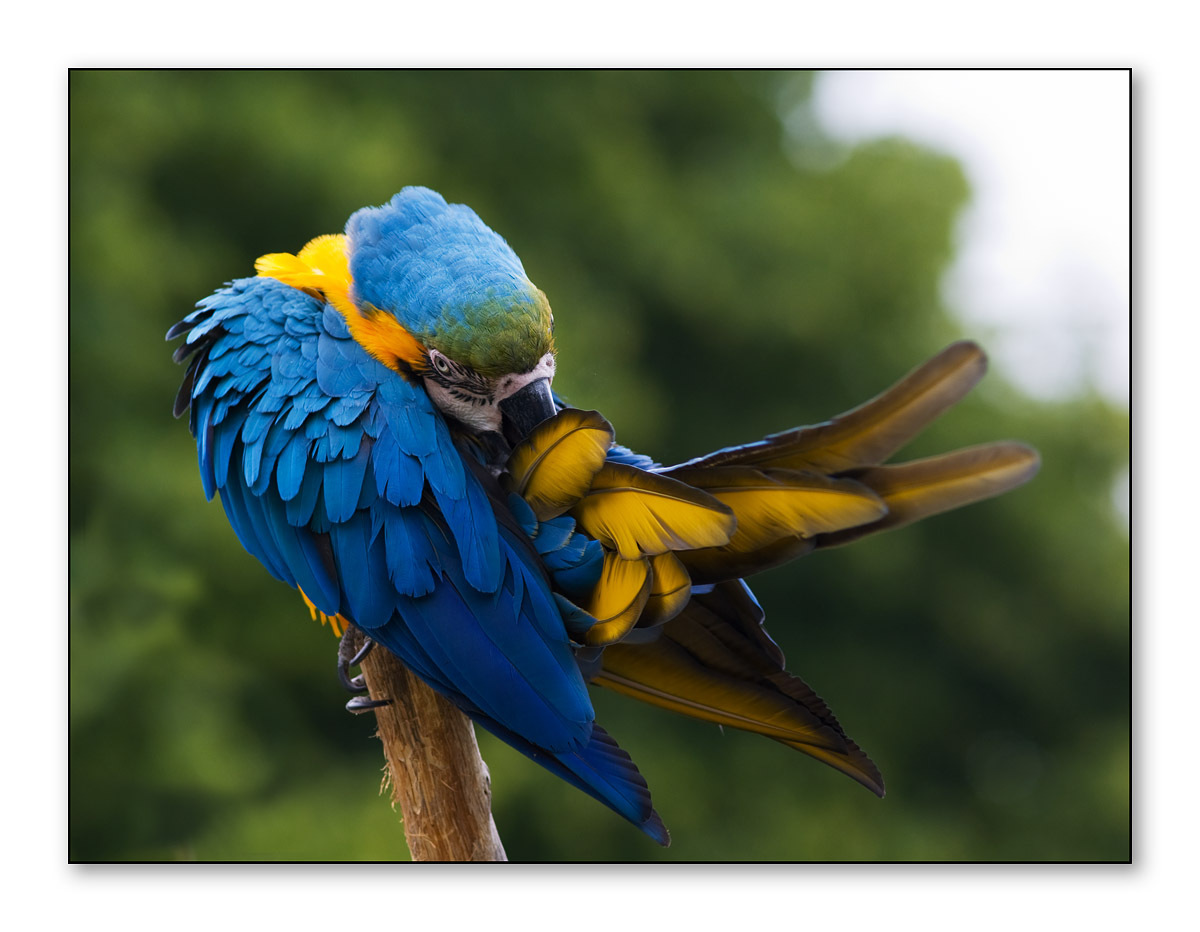 parrot
parrot parrot
parrot parrot
parrot parrot
parrot parrot
parrot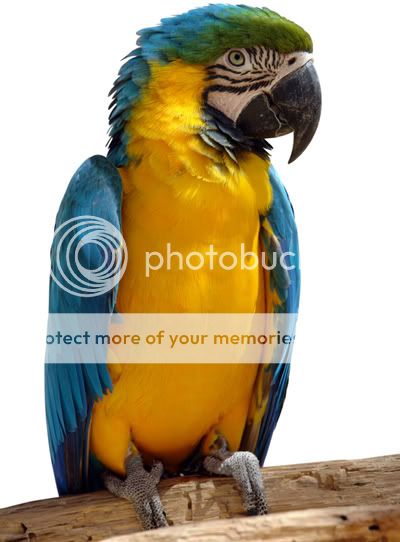 parrot
parrot parrot
parrot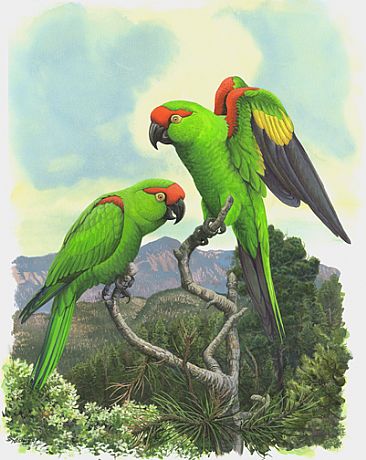 parrot
parrot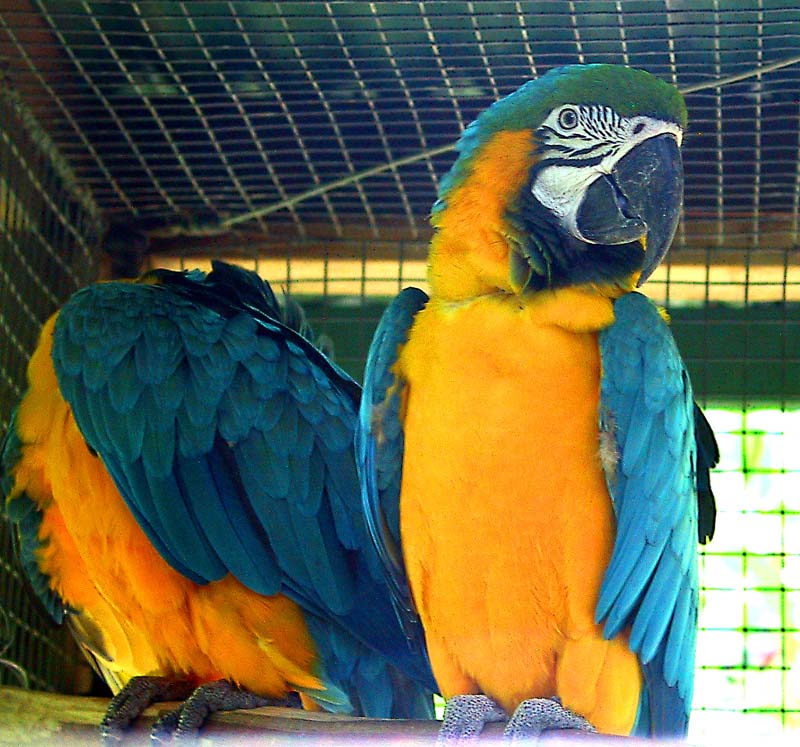 parrot
parrot parrot
parrot parrot
parrot parrot
parrot parrot
parrot parrot
parrot parrot
parrot parrot
parrot parrot
parrot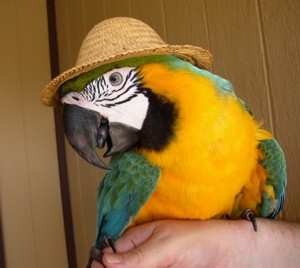 parrot
parrot
No comments:
Post a Comment